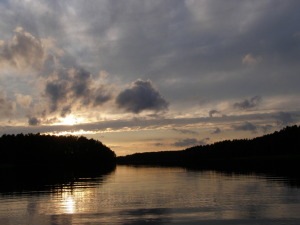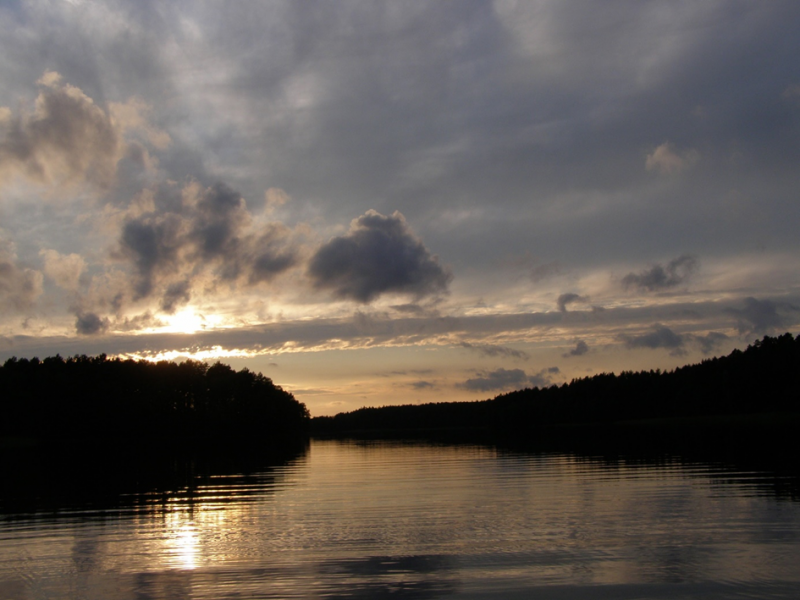Krzysztof Pleskot, Karina Apolinarska, Piotr Kołaczek, Magdalena Suchora, Michał Fojutowski, Tomasz Joniak, Bartosz Kotrys, Mateusz Kramkowski, Michał Słowiński, Magdalena Woźniak, Mariusz Lamentowicz, 2020. Searching for the 4.2 ka climate event at Lake Spore, Poland. Catena 191, nr 104565 https://www.sciencedirect.com/science/article/pii/S0341816220301156
Rapid climate changes took place during the different periods of the Holocene, an ongoing interglacial, which has begun ca. 12,000 years ago. One of such unstable climatic periods was the ‘4.2 k BP event’ (BP – ‘before present’ i.e. 1950 CE), which took place ca. 4200 years ago. This period lasted about 200-300 years, yet it contributed to destruction of many early civilisations. Within our (temperate) climatic zone this climate oscillation was characterised by increased humidity and lower temperatures and affected both vegetation and humans.
In the research presented in this article, the Authors, using variable methods that enable reconstruction of past ecosystems, examined deposits of Lake Spore, a water body situated in north-eastern Poland. The sediments retrieved from the lake provided a valuable archive of past lake and forest ecosystem responses to rapid climate changes. The Authors analysed the content of (i) pollen and spores of plants to reconstruct vegetation changes within the lake and its surrounding, (ii) head capsules of chironomid (Chironomidae) larvae that enable quantitative reconstruction of summer temperatures, (iii) cladoceran (Cladocera) remains that indicate changes in lake trophy and water chemistry and (iv) geochemical composition including the content and composition of organic matter, the content of carbonates, and changes in the composition of oxygen and carbon isotopes, which provide information about water trophy and precipitation changes. Radiocarbon dates (AMS technique) were also applied to detect a section of deposits which possess palaeoenvironmental information about the ‘4.2 k. BP’ climatic oscillation.
The results revealed that the ‘4.2 k. BP’ oscillation was manifested by increased content of sand which indicates enhanced erosion in the lake vicinity. The decline of summer temperatures (reconstructed on the base of chironomid head capsules) and increase in humidity influenced the local soils accelerating their podzolization. However, this process was local and did not have a greater impact on the functioning of local forests and the lake. The cooling probably caused a decrease in the pollen productivity of local trees.
The reconstructions similar to ours deliver valuable information for scientific community and help us to understand and forecast the ongoing and future responses of ecosystems to climate changes, especially during the time of the modern climate crisis.


